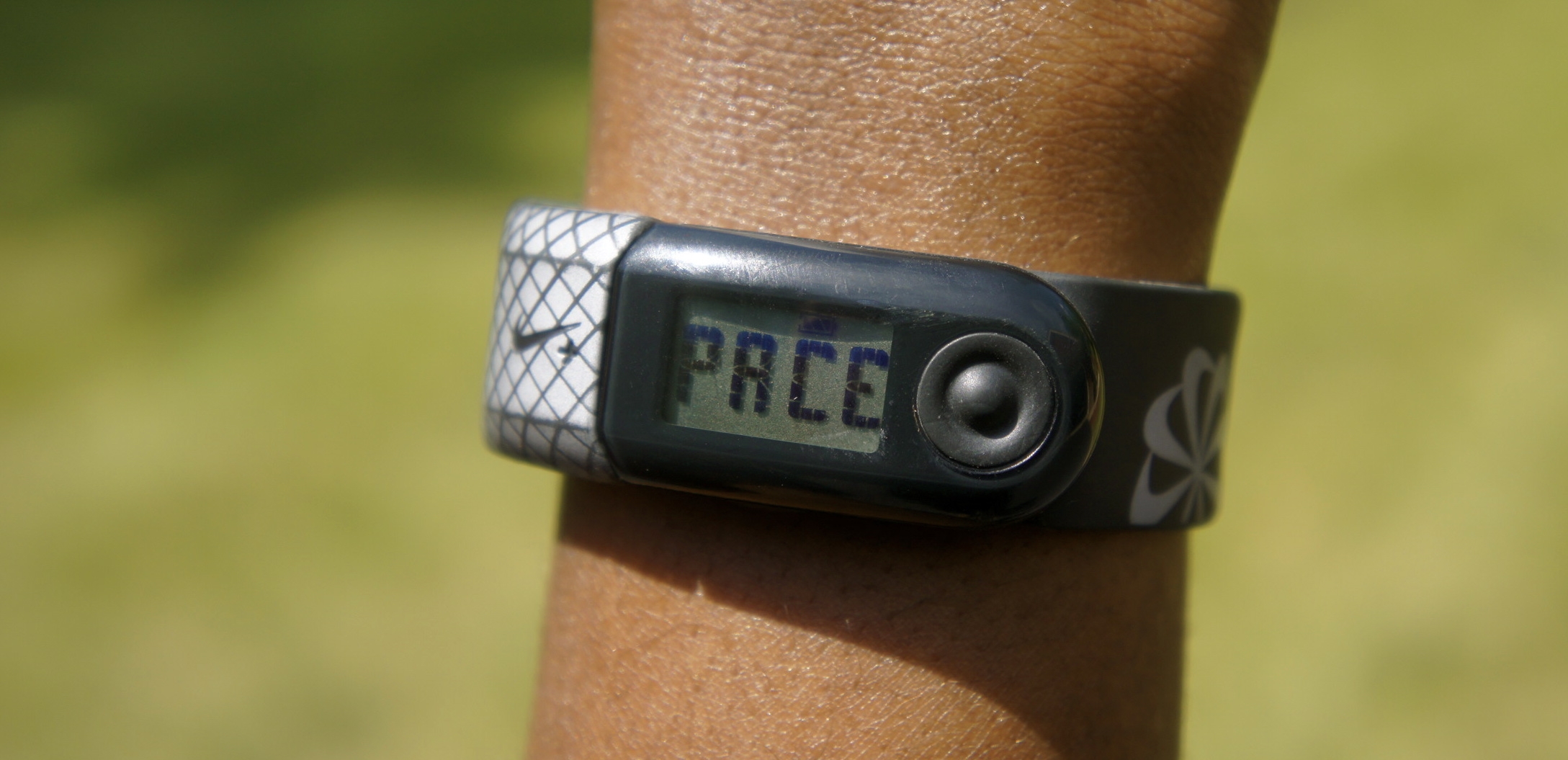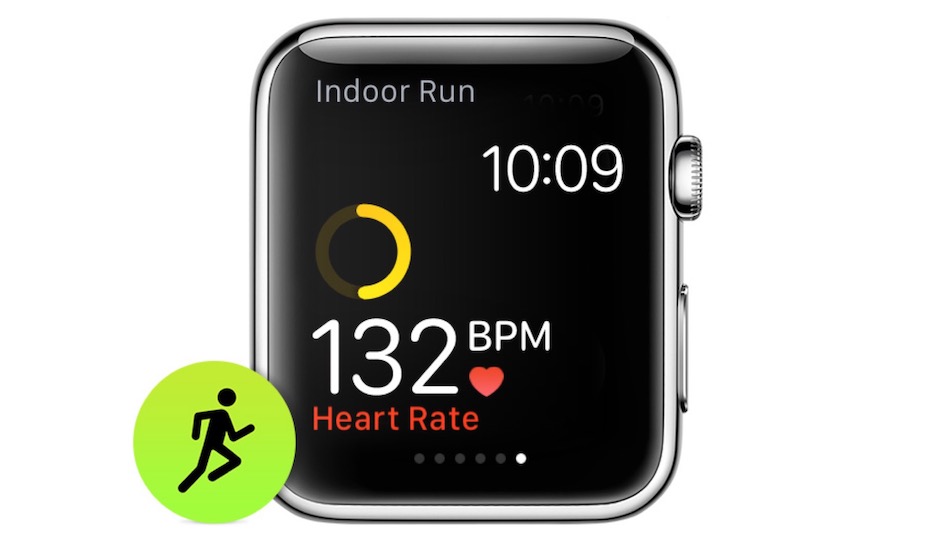With so many working professionals sitting in chairs and in front of computers these days the back has become one of the most vulnerable areas to pain and muscle injury. This holds especially true for the lower back, a complex structure of vertebrae (bones of the spine), intervertebral discs (cushions that sit between vertebrae), muscles, tendons, and ligaments that bears much of the body’s weight.
Most people will inevitably experience low back pain in their lifetime. After all, if the lower back is misused in any way, it can fail. Disks can be ruptured, ligaments can sprain, and muscles can be strained. Unfortunately, if you’re a professional whose working environment involves daily sitting at a computer or desk you may be especially at risk, particularly if you tend to lean forward or slouch the longer you’re seated.
Slouching is by far the worst sitting posture, as it places undue stress on the spine, discs and other soft tissues of the back. In fact, more than 80% of all people experience back pain at some point in time due to slouching. If you’re a professional who regularly works in a seated position, there are many ways to prevent bad posture and the back problems associated with it. Here are five simple guidelines for a better back.
Related Article: Causes of Low Back Pain: Can Exercise Help?
Walk Spontaneously Throughout the Day
You can significantly ease the amount of sitting-related pressure on your spine by incorporating spontaneous walks throughout the day. Simply, make an effort to get up and walk around every 30 minutes of your workday for about 2-3 minutes. This allows you to accumulate an average of 32-48 minutes of physical activity in an 8-hour day.
Engaging in such physical activity also promotes overall good health. Research shows that every hour you spend in a seated position increases your risk of heart disease by nearly 20% and your risk of early death from all preventable diseases by more than 10%, even if you exercise regularly.
Related Article: Couch Potatoes Don’t Have A Long Shelf Life: Get Up and Do Something
Periodically Stand Up and Stretch
Working in a seated position for extended periods of time can cause the deep muscles in the front region of your hips (deep hip flexors) to become shortened and tight. Over time, shortening and tightening of these muscles can greatly inhibit adequate lengthening which results in faulty posture, low back pain, and eventually limited mobility (shortened walking and/or running stride).
To avoid this, take some time to get up out of your seat and stretch these muscles. Some of the most effective exercises for stretching the deep hip flexors include the backbend (camel pose) and the lunge. You can perform these stretches 2-4 times a day preferably when your muscles are warm (after walking).
Related Article: How Sit-Ups and Leg Raises Can Be Bad For You
Regularly Engage in Resistance Training
Strong and well-developed back muscles are critical for stabilizing the spine and optimizing posture preventing the occurrence of low back pain. Resistance training is the only method of preserving strength in your back muscles while also supporting overall bone health. In addition, this type of training helps improve lubrication in spinal joints by increasing blood circulation in this area.
Now, although tempting, it’s important not to limit your resistance training to the back. Your body is comprised of a host of other upper- and lower-body muscle groups (shoulders, chest, abdominals glutes, and legs) that need to be adequately trained for balanced posture and spinal stability.
Use an Ergonomically Correct Office Chair
Sitting in an ergonomically correct office chair can greatly prevent the occurrence of low back pain. An ideal chair is one that provides ideal back support while also encouraging neutral posture and spinal alignment. While these chairs tend to be a bit pricey (running retail from 150 to as much as 1,000 dollars) they’re well worth the investment.
Another, more economical, alternative is to replace your traditional office chair with an exercise ball. When properly seated on an exercise ball your core muscles (back and abdominals) become activated, which can improve your sitting posture, balance, and overall stability.
VIDEO: Using an Exercise Ball as an Office Chair
Adopt a Sensible Diet with Good Nutrition
A sensible diet comprised of nutrient-dense foods can greatly support a healthy back by reducing the likelihood of weak and fragile bones, discs, and other soft tissues. Nutrients that are extremely critical include calcium, vitamin D, and protein. Approximately 99% of the body’s calcium is stored in bone and regular calcium intake is crucial for preserving bone density and bone mass.
In addition, vitamin D and protein are necessary for proper calcium absorption and muscle maintenance. Water consumption is also a vital component of good nutrition for a healthy back. Intervertebral discs are comprised of nearly 90% water; as such the body’s water supply must be continuously replenished in order to avoid discs dehydration.
Related Article: A Simple Guide to Eating Sensibly
I’ll stress this again: At some point in time, almost everyone will experience low back pain and its prevalence greatly increases with age. If your occupation causes you to experience mild to moderate low back pain, following these guidelines can definitely help. However, if your low back pain is more severe, contact your healthcare provider for additional treatment options.
To learn more about preventing and/or treating low back pain, visit the National Institute of Neurological Disorders and Stroke.







